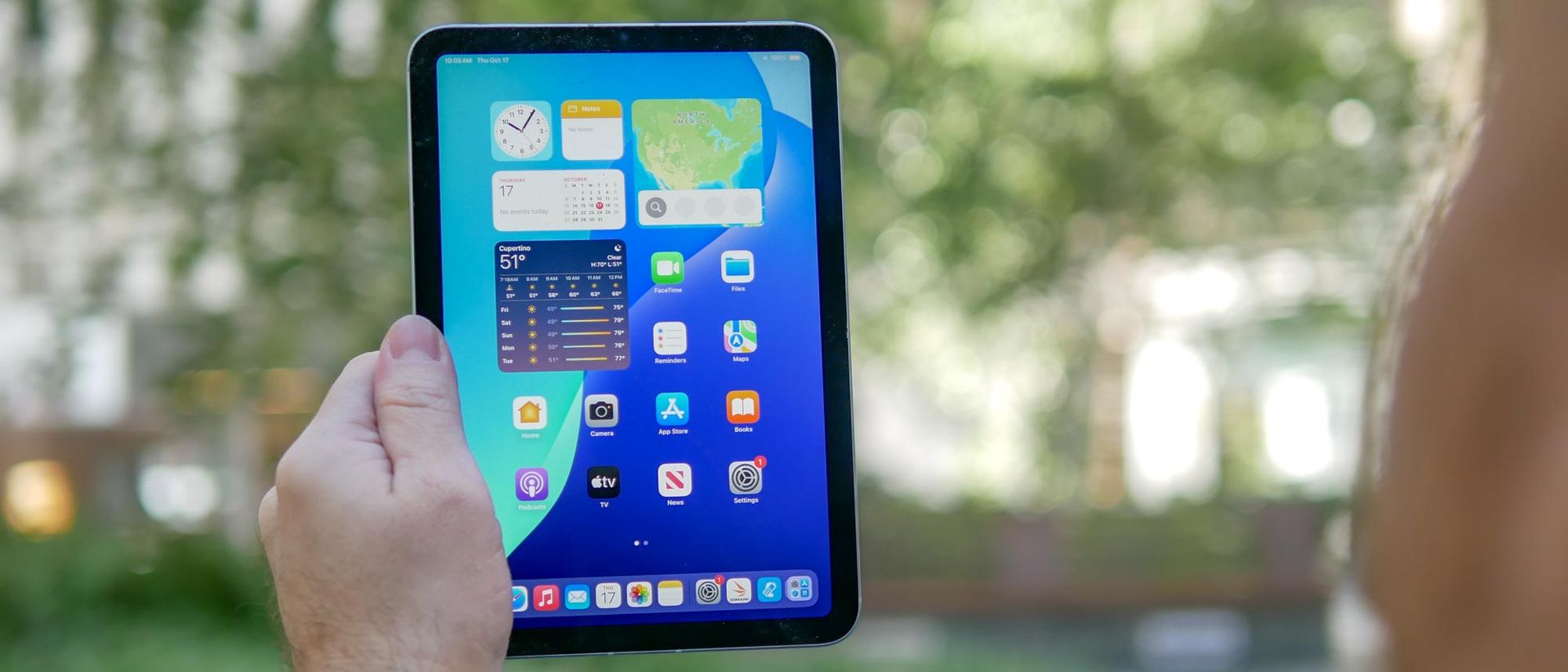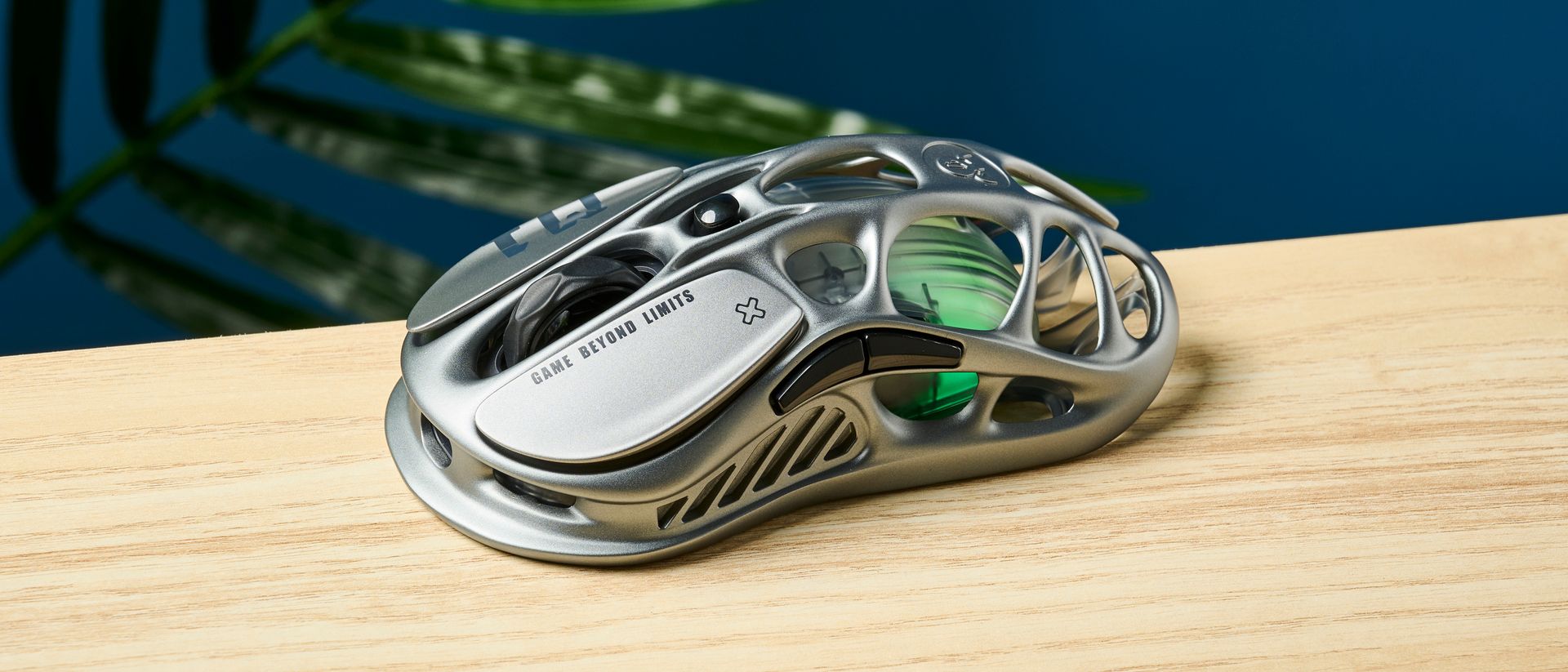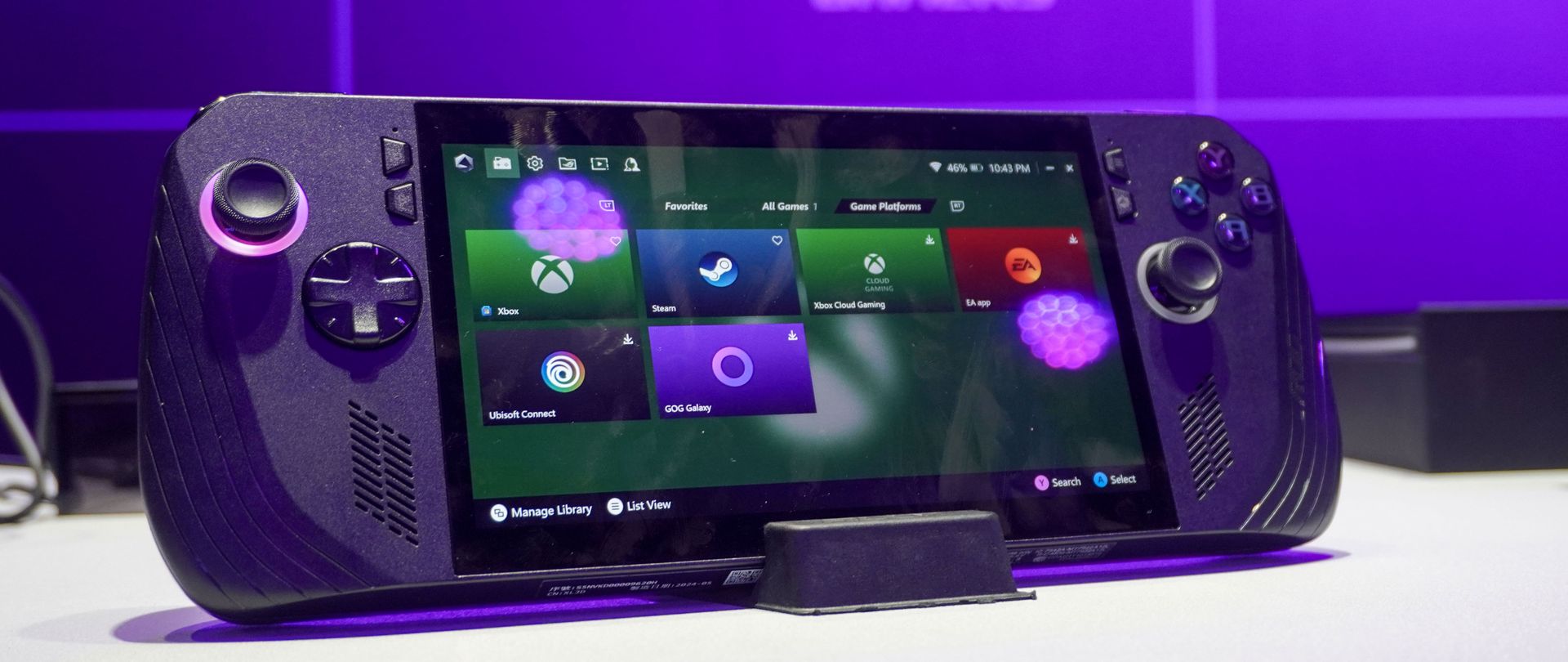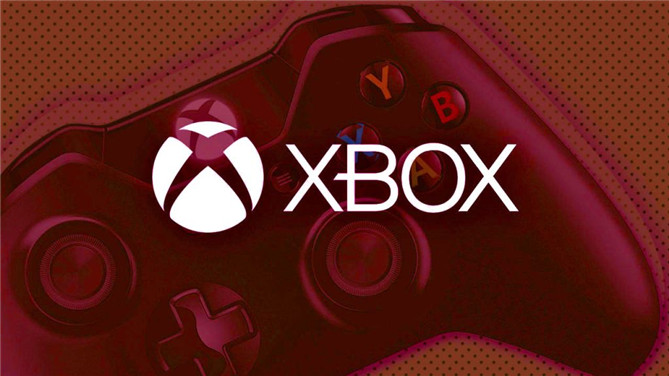
After years of speculation, Microsoft finally announced the Xbox Project Scarlett (affectionately dubbed the ‘Xbox Two‘) during its big E3 2019 keynote conference in June of this year. The next-gen Xbox promises to deliver native 4K games at 60 frames-per-second, a large solid state drive to ensure almost no load times and ray tracing on consoles.
We only have a few details on Microsoft’s next-generation hardware so far – even the moniker ‘Project Scarlett’ is a codename for now – but we do know it’s coming, when it’s coming, and a handful of the features and specs we can expect when it lands.
Faster and more graphically advanced than its predecessors, Xbox Project Scarlett promises to be the most powerful games console (or consoles) in the world by the time it launches late in 2020 – with custom built components from AMD, and an SSD drive at its heart allowing for innovative game development techniques. It’s unlikely to rival some of the top-end PCs when it launches next year (the PS5 certainly won’t) but it should offer a good price-to-performance ratio.
Microsoft ran a similar message when launching the Xbox One X a little over two years ago – which is still the most powerful console on the market – and it is now doubling down with its next-gen console. That said, Microsoft is claiming that Xbox Scarlett is up to four times as powerful as the Xbox One X and offer a number of performance upgrades.
Sell Xbox to Tradelectronics in Sydney and get ready for your new Xbox Project Scarlett!
What does all this mean for lapsed Xbox One owners and former fanboys who went to Sony’s console? Well, it means that Microsoft is taking its next console seriously:
“For us, the console is vital and central to our experience. A console should be designed, and built and optimized for one thing, and one thing only – gaming,” said Xbox boss Phil Spencer. “This decisive moment of discovery is etched in your gaming history. We on Team Xbox will always be dedicated to delivering the best new games for you to discover. This right now is the single most creative and energizing time in gaming history. Games and gamers can be a significant unifying force for the world.”
UPDATE: Xbox Project Scarlett may not have been the central focus at the XO19 event in November but that doesn’t mean it wasn’t a point of discussion. Read on for everything we’ve discovered.
Xbox Project Scarlett: key facts
- What is it? Xbox Project Scarlett will be the next-gen Xbox console, aka the Xbox Two
- Xbox Project Scarlett release date: Microsoft has given Xbox Project Scarlett a release window of “Holiday 2020” – so that’s likely between the months of October and December 2020.
- What can I play on it? Halo Infinite is its first confirmed launch title, while all previous generations of Xbox console games will be covered by backwards compatibility.
- What will the Xbox Scarlett cost? No prices yet, and we’re not expecting it to be cheap. But Microsoft has said it won’t be making the same pricing mistakes as last generation so perhaps we’ll be pleasantly surprised.
- Will Xbox Scarlett have VR? Microsoft doesn’t have anything to see about VR on the Xbox yet, though Sony has confirmed that PSVR will work on its own incoming console.
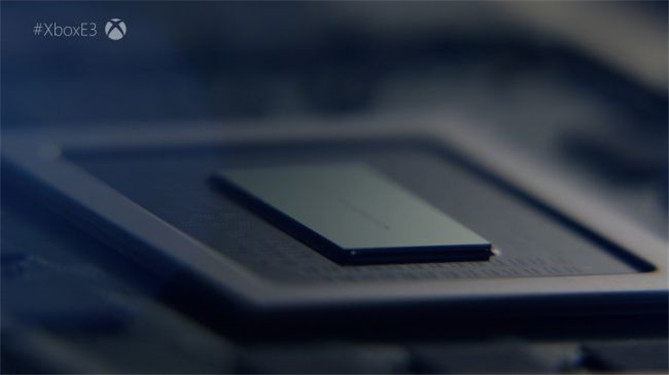
Xbox Project Scarlett release date
Expect to see the Xbox Project Scarlett console launch in the ‘holiday’ window of 2020. That’s between October and December of 2020, and just in time for Christmas.
It’s exactly the same sort of launch period we’re expecting Sony to have for its PS5, too. Santa’s going to be a busy guy next year.
Keep in mind that all the rumors pointed to there being two new Xbox consoles on the way, codenamed Anaconda and Lockhart, the former being high end (likely what we’ve seen here) and the latter being a cheaper, streaming-focused solution. Time will tell if that’s still Microsoft’s plan, but one thing’s for certain – it’s throwing down the gauntlet for Sony’s PlayStation 5 to take on.
Xbox Project Scarlett specs
With only a sizzle reel to go by, we don’t yet know what the Xbox Project Scarlett will look like, let alone what it’ll be named. But we do have a good idea of its internal hardware, and the Xbox Project Scarlett specs are already sounding quite special.
Using custom-designed processor from AMD making use of Zen 2 and Navi architecture, Xbox Project Scarlett will be 4x more powerful than the Xbox One X. It’ll be capable of running games at 120Hz frame rates, at potential 8K resolutions, while also showcasing fancy real-time ray-tracing tech. It’s the works.
An SSD will come as standard, as with the PS5, which will give it the option of using its storage system as virtual RAM, as well as lifting load time performance by a factor of 40x. That’ll let developers stream in far more detailed worlds around a player. In terms of ‘standard’ RAM, the console will pack in a meaty GDDR6.
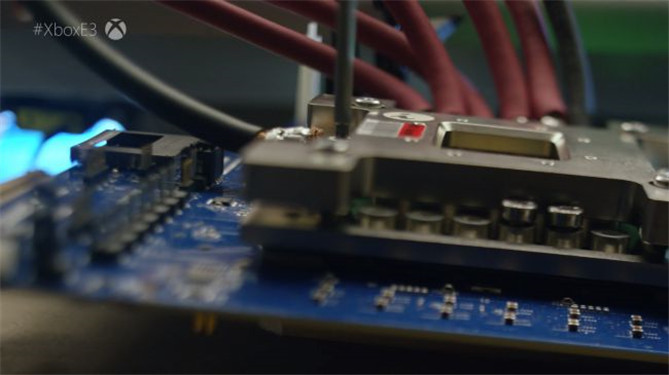
Though gamers are increasingly shifting their purchase preferences towards the convenience of digital downloads, Xbox Project Scarlett will also have a physical disk drive.
We also know that the new Xbox Elite Wireless Controller Series 2 that launched in November 2019 will be forward compatible with Project Scarlett.
Indeed, Microsoft has confirmed that all your current Xbox One accessories will work with Xbox Project Scarlett, including existing controllers and headsets. But we’d doubt that also includes the ill-fated Kinect motion tracker.
In addition, benchmark results have appeared online for an AMD ‘Flute’ system-on-a-chip (SoC), leading some to speculate that this could be the hardware that will power Xbox Project Scarlett.
The benchmark results were spotted by a Twitter user, and while we’re not sure what the purpose of the chip is, we know that Microsoft is working with AMD to produce a custom SoC that combines a processor and graphics card for the next Xbox – in the same way Sony is working with AMD on its custom Gonzalo SoC for the PlayStation 5.
If these benchmark results are real, and the AMD Flute SoC is indeed going to power the Xbox Scarlett console, then it gives us an idea of the console’s specifications and potential power level – something Microsoft has been rather cagey about so far.
According to the benchmark results, the AMD Flute SoC will come with eight Zen 2 cores, 16 threads and SMT capability.
Interestingly, the base clock speed of the Flute SoC is just 1.6GHz, which is pretty low these days, with a maximum boost of 3.2GHz.
This suggests that the Flute SoC will be a low-power part for use in compact systems – such as a games console, and is similar to AMD’s Jaguar SoC which powered the Xbox One.
While on paper the Flute SoC’s processor doesn’t sound too impressive – especially when compared to modern desktop PCs’ CPUs – it looks like the Flute CPU will be at least two times faster than previous-generation Jaguar SoCs, and will be a big upgrade over the dated 28nm Jaguar SoCs found in the original Xbox One and PS4.
The Flute SoC is also expected to be 7nm, which will also bring power benefits.
As a system-on-a-chip, the AMD Flute looks like it comes with a graphics processing unit (GPU) as well, though clues about the graphics capabilities are harder to find. Apparently, it will be based on ‘NAVI 10LITE’ – which has been mentioned before when unreleased AMD Navi GPUs showed up in a Linux driver.
It’s possible that this is a ‘Lite’ version of the Navi 10 GPU, which will have reduced or limited specs compared to the full version, including lower CU (compute unit) counts. Having a lower CU count means the GPU will be less power-hungry, again suggesting that the AMD Flute SoC, if it does exist, is designed for a device where power efficiency is important – such as a games console.
Finally, the benchmark results also suggest the engineering sample uses 16GB of memory – though the type of memory is not mentioned. It could mean that the Flute SoC shares 16GB of GDDR6 memory between the CPU and GPU, in a similar way to how the Xbox One X shares GDDR5 memory.
So, does this mean we have a better idea of what the Xbox Scarlett’s specs will be? Well, there’s some compelling evidence, but remember that this is from a leaked benchmark, and we’re not sure if the AMD Flute SoC is going to be used in Xbox Scarlett – if the SoC even exits.
It’s also worth noting that this AMD Flute is apparently an engineering sample, which means this may not be its final specifications – and that could change if (and it’s a very big if) it ends up in the Xbox Scarlett when the console launches late 2020.
“I think the area that we really want to focus on next generation is frame rate and playability of the games,” Spencer explained in an interview with Gamespot. “Ensuring that the games load incredibly fast, ensuring that the game is running at the highest frame rate possible.”
In addition Spencer went on to explain that Microsoft is aiming to get Project Scarlett games to run at 60 FPS in 4K, calling the challenge a “design goal”.
“This generation, we’ve really focused on 4K visuals and how we bring both movies through 4K Blu-ray and video streaming,” Spencer explained. “And with Xbox One X allowing games to run at 4K visuals will make really strong visual enhancements next generation.”
- Can your TV show off Xbox Scarlett’s jump in power? Read our guide to getting ready to upgrade your TV for Xbox Project Scarlett
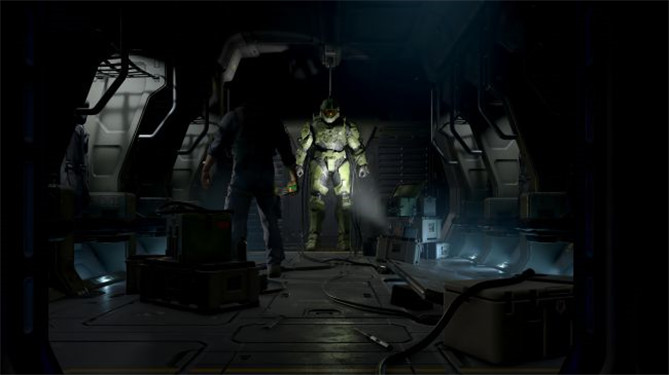
Xbox Project Scarlett price
Microsoft won’t be pinned down on a price point quite yet – unsurprisingly, given what a sore spot the price of the Xbox One was for fans. At launch the original Xbox One cost a whopping $499 / £429 / AU$599, which was quickly reduced when Microsoft realised people weren’t forking out.
Microsoft has at the very least promised that it’s learned from this pricing mistake, with Phil Spencer stating that this time “we will not be out of position on power or price.” That doesn’t mean that the console will be cheap, mind you, it just means the price point will be better aligned with the console’s power and the price points of the competition.
After all, Jason Ronald, director of the Xbox platform, gave only a vague reassurance when speaking to Windows Central, saying that Microsoft knew “what reasonable price points are for a console and kind of what customers expect about that”.
Price will at least in part be determined by the cost of the components going into the console: Xbox Scarlett is going to be a lot more powerful than either the Xbox One S or Xbox One X, and that could mean we’re looking at an even higher price tag.
A more palatable option?
For those in the UK or the US looking to purchase an Xbox One X or One S rather than wait for the new generation, Microsoft is making an upgrade option available through its Xbox All Access pass, which sees the cost of an Xbox console, Xbox Live and Xbox Game Pass split into interest-free monthly payments across 24 months.
The service goes live in November and will allow you to buy an Xbox One S (with controller) and a 24 month Game Pass Ultimate for £19.99/$22.99 per month for 24 months. With an Xbox One X, the cost is £24.99/$30.99 per month.
When Xbox One S owners have paid 18 months of their console off (it’s 12 months for Xbox One X owners) they’ll be able to return to the retailer they purchased the console from, trade it in, and walk away with a new finance deal on Project Scarlett console.
As there’s no price confirmed for Project Scarlett just yet we don’t know how much its monthly cost will be after trade in but will update when it’s confirmed. It could, however, be a more financially manageable way to enter the new generation.
- PS5 vs Xbox Project Scarlett: what we know so far
Xbox Project Scarlett games
Halo Infinite will has been confirmed to be an Xbox Project Scarlett launch title, bringing back the Master Chief for the franchises’ first outing since 2015. It will have been five years at that point since a new mainline Halo game, so fans will be chomping at the bit for fresh Halo action.
The Halo franchise is widely regarded as the original Xbox’s first must-play games, so the move to launch a next-gen with a Halo game is both symbolic and quite business-savvy on Microsoft’s part.
To coincide with the announcement, Microsoft and the game’s developer 343 Industries unveiled a new Halo Infinite trailer, available below:
If Halo is not your thing you won’t be wanting for games to play at launch though – especially if you’re an existing Xbox player. Xbox Project Scarlett will be capable of three generations of backwards compatibility. So, as well as Scarlett-era games, it’ll also play games from the Xbox One, the Xbox 360, and the very first generation of the Xbox.
In a recent interview with TechRadar, Matt Booty said that the launch of Project Scarlett certainly won’t mean the end of the rest of the Xbox family and that they’ll be able to live alongside one another, maybe even in the same house: “Perhaps we feel confident about our content pipeline so that we feel like we don’t have to save everything up for [Scarlett]. But then I will also say that, really for any device these days, when you launch a new device you are not eliminating all of the devices in that family.
“When Scarlett launches there will still be the Xbox One S out there, there will still be Xbox One X, and we really need to approach that family of devices, the same way we approach PC – content scales to meet the device. I think that’s going to be the case for anybody. We will absolutely lean in on the power of Scarlett, we think is going to be the best way to play and it will be the best thing you can put in your living room, but we also want to understand that there will be a family of Xbox devices out there.”
Even more than backwards compatible it seems, then, that Microsoft will avoid siloing by taking a cross-generation approach to its first-party games. Talking to Stevivor, Phil Spencer said Microsoft wants to create a console that utilises Xbox Play Anywhere so you can move seamlessly between devices: “Our goal for our first-party games is that your entitlements will be cross-generation and your Achievements will move effectively with your save game because that’s where they stand.”
Speaking of first-party aims, Microsoft has been promising that it’s investing in first-party studios in order to make a more competitive offering—XO19 was a first look at what that investment is yielding with some interesting new IPs.
As far as third-parties are concerned, we already have confirmation from Ubisoft that its upcoming titles Watch Dogs: Legion, Gods and Monsters and Rainbow Six Quarantine will be coming to Microsoft’s console after delays were announced during a financial call, while EA has said that Battlefield 6 will be coming to Scarlett. It’s likely that Bethesda will be coming to Project Scarlett with its next Elder Scrolls game too. There’s plenty to look forward to and now that next generation announcements are coming in, we’ll be holding our breath waiting for updates from other publishers.
- Xbox Project Scarlett games: all the games confirmed and expected on the next Xbox
Source: Tech Radar

